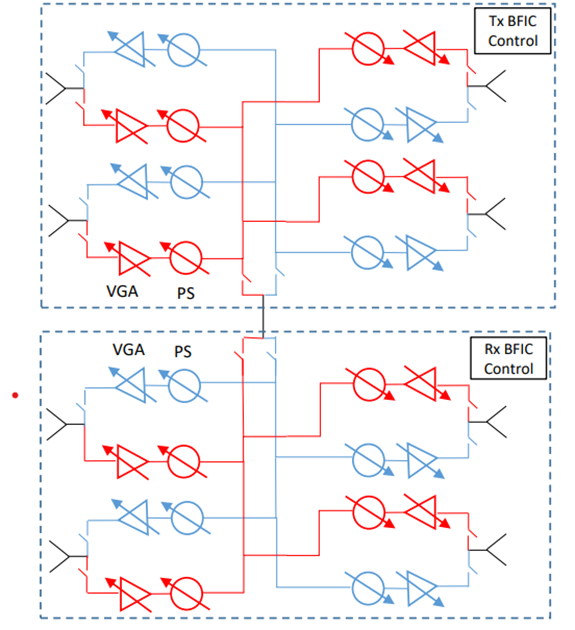Advantages:
- Improves signal quality in high-interference environments like urban and indoor 5G/6G networks.
- Reduces interference by coordinating multiple base stations and smart surfaces in real time.
- No need for extra spectrum, lowering infrastructure and regulatory costs.
- Adapts automatically to changing network conditions using reinforcement learning.
- Works with existing technologies, making integration into current networks easier.
Summary:
Modern wireless networks are becoming crowded, especially in cities and high-traffic areas. To meet growing demand, networks must use the same frequency bands more efficiently. However, this often leads to interference between multiple transmitters and receivers, which lowers connection quality and speed.
This invention introduces a smart solution that uses Reconfigurable Intelligent Surfaces (RIS) and a strategy called Adaptive Bitrate Control (ABC). Together, they coordinate how data is sent and how the wireless environment is shaped in real time. This approach improves communication quality and speed without needing new frequency bands, making it ideal for dense 5G and 6G networks.

This figure illustrates the compact antenna array design in an ABC node, equipped with Variable Gain Amplifiers (VGAs) and Phase Shifters (PS). The red and blue lines show the connections between the receiver and transmitter elements, enabling precise beam control for interference rejection and energy-efficient communication.
Desired Partnerships:
- License
- Sponsored Research
- Co-Development